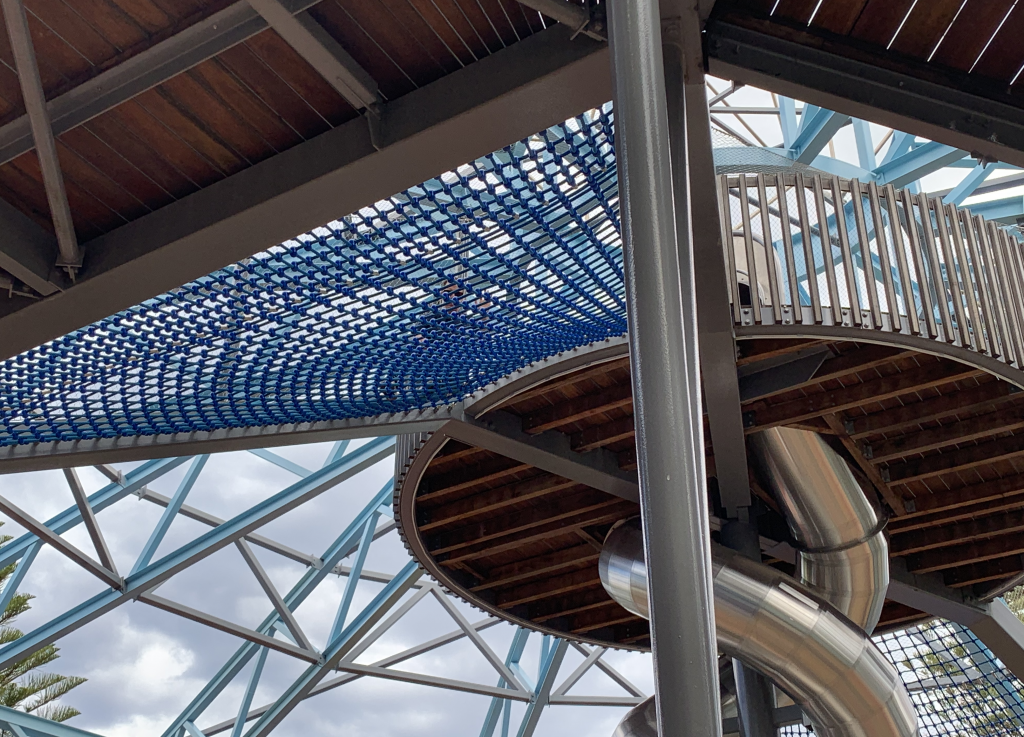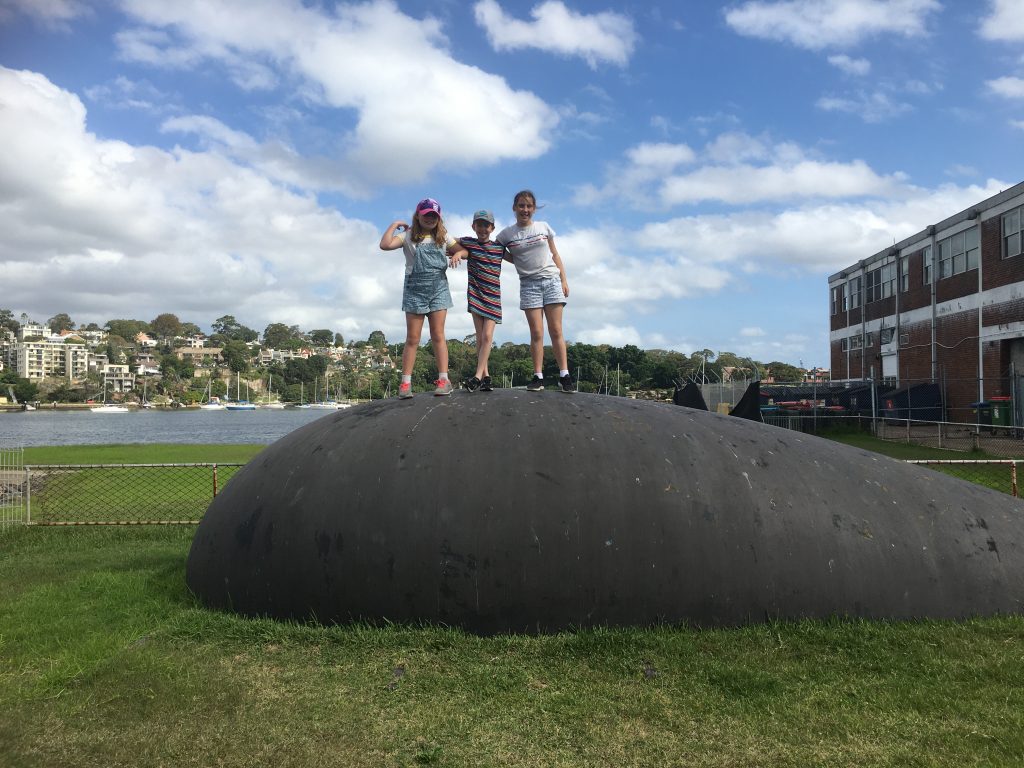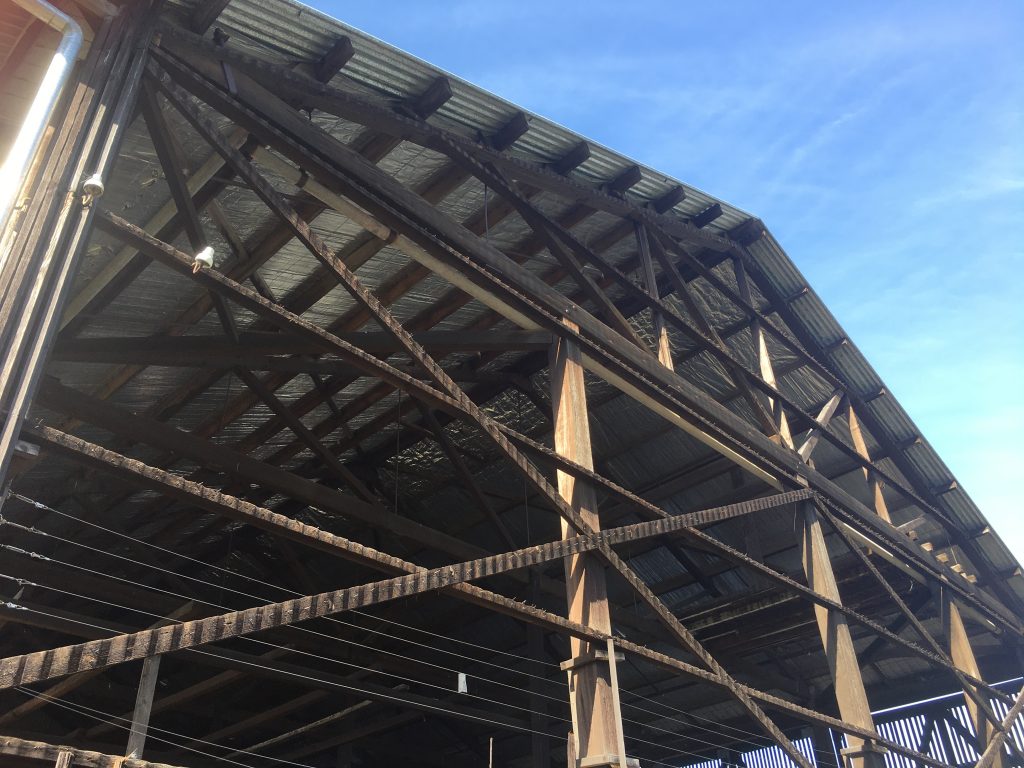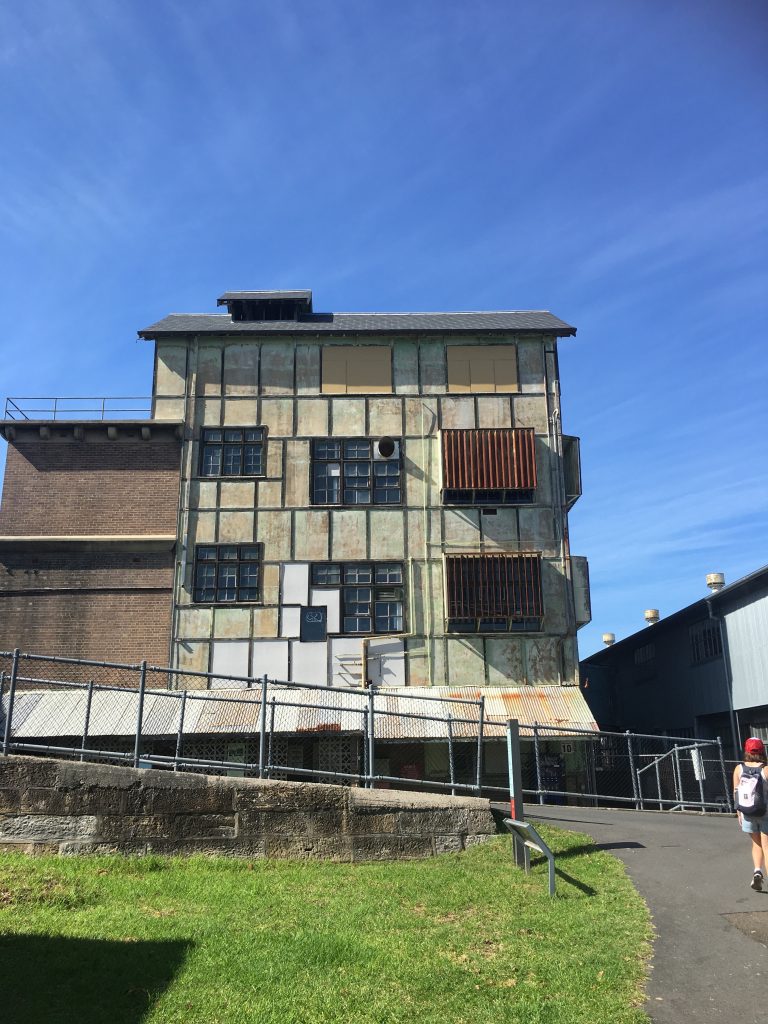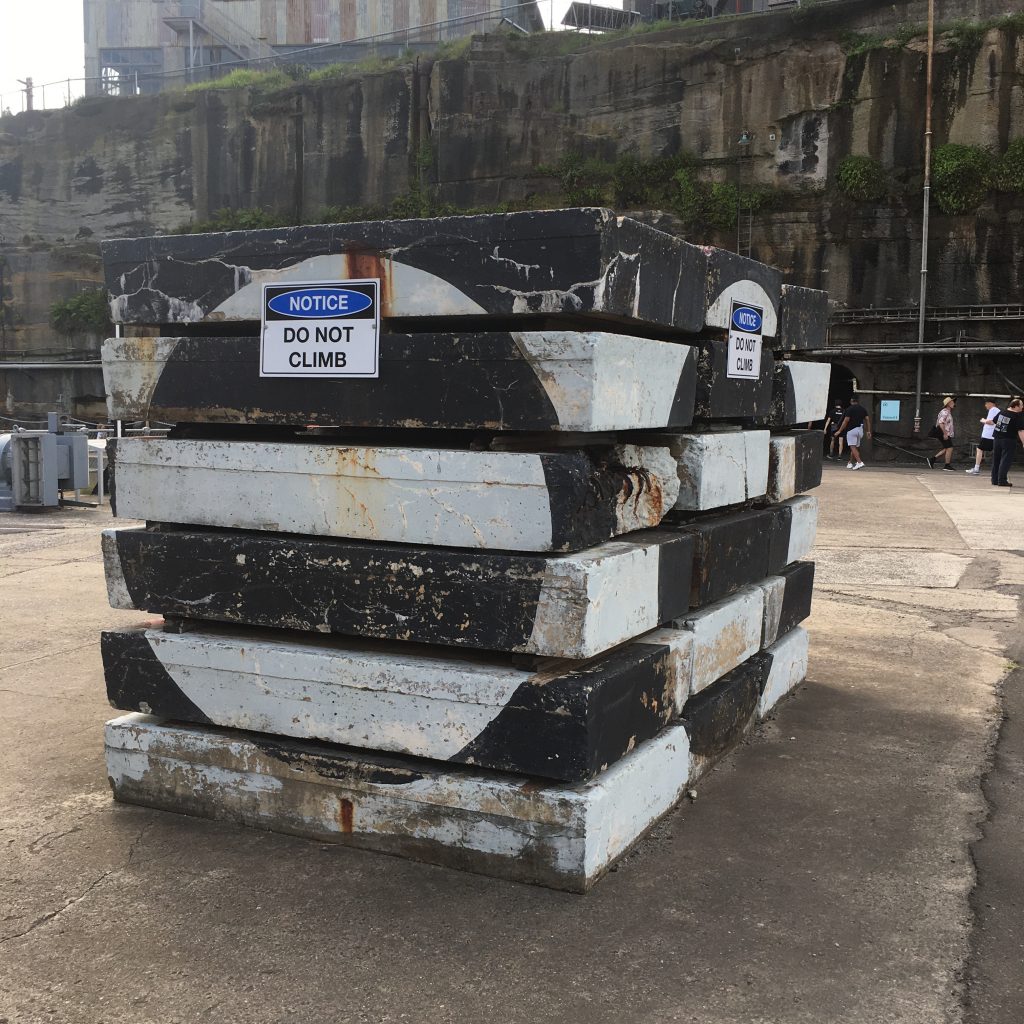It’s the school holidays! Well, at least here in NSW it is, and I think this is a perfect time for mathematics. Now I know that not every child (or parent) would be excited about the idea of doing ‘more maths’ in the school holidays, but we need to change maths’ reputation! Mathematics is important, relevant, interesting, challenging, beautiful and most importantly – everywhere!
Making the most of mathematical opportunities
Last Saturday was MANSW’s (@MathsNSW) PreK-8 mathematics conference. It was a great day of learning about reflecting, refocusing and recalibrating our practices as teachers of mathematics during such interrupted times of learning for our students. Professor Catherine Attard (@attard_c) spoke about engagement both for students and for parents. She talked about the making the most of mathematical opportunities and highlighted the dual aspects of parents and their roles in mathematics education:
Parent engagement
- mathematics outside school
- helping the child
- Parent-centred
Parent involvement
- mathematics inside school
- helping the teacher
- School-centred
It is this ‘parent engagement’ that can take place in the holidays that I’m writing about in this blog. The development of a positive relationship with mathematics for your child, and with your child, is an important step on their way to liking the subject, understanding the purpose of the subject, and experiencing success in the subject. One way we can do this is by using Maths Trails.
Maths trails
Doing mathematics outdoors can be far more engaging and interesting than indoors. I was first introduced to maths trails while teaching a mathematics education unit (designed by Catherine Attard) at the University of Western Sydney. The pre-service teachers developed maths trails as an assignment. They often came up with some great ideas for local parks, playgrounds, sporting grounds, museums, libraries, gardens and farms.
“A major component of children’s mathematical development is the ability to apply their learning to real-world contexts.” Trailblazers (English, Humble, & Barnes, 2010)
Exploring mathematical concepts outdoors provides children with math-rich examples of where mathematics can be observed and seen in-action through living and non-living things. Maths trails are a little bit like a scavenger hunt but without the collecting of items. In a maths trail the focus is on following a planned route to a number of pre-designed stops where children can notice mathematics or undertake mathematical tasks. You can make them as simple or as complicated as you like. It could just be noticing shapes at different points along your walk to the park (like the shape of the stop sign, the round-a-bout sign, and street signs). Or more organised where children might explore ideas deeper at the park based on photos taken previously and given to the child/ren to find (estimating and measuring the bicycle track, finding angles in the playground equipment, drawing what a new piece of playground equipment might look like).
Unfortunately, there is no one-stop-shop of pre-curated maths trails for parents (sounds like a holiday job for me)! But I thought I’d provide you with some ‘dos’ and ‘don’ts’ and also with a few ideas fo places to go and trails to design.
Maths trails dos and don’ts
Do …
- keep the questions open, use words like could or might eg I wonder how might you work out the length of the bike track?
- keep the number of stops short, 4 or 5 is plenty
- try to focus on the way maths is used eg the walking track says it take 10 minutes, why does it tell us that? how can we check it’s true?
- encourage children to think of their own questions
- ask questions that require more than a ‘count’ as the answer eg what shapes can you see in the playground equipment? instead of how many squares can you see?
Don’t …
- tell children the answer, instead, ask a different question eg if you asked how far do you think it is from the table to the tree, you could instead ask them how many steps it might take to get to the tree (for me vs for you)
- just get them to count ‘things’ try to ‘see’ the mathematics eg patterns in paths, comparing prices, noticing shapes, timing themselves completing activities, seeing fractions in basketball or netball courts
- think it’s too hard, just give it a go! even just noticing mathematics on daily journeys or around the house is still helping children notice everyday mathematics
Maths trail ideas
- The zoo: Taronga, Western Plains, Western Sydney, Symbio or Calmsley Hill city farm. You can use the map given at the zoo or pre-print it and create a few tasks for your child to complete – eg find an enclosure with an even number of animals, find an animal with a pattern in their fur or skin – describe the pattern, find the tallest and shortest animal, which animal might eat the most food and find out how much in kgs? design a new animal enclosure – what animal and how big would the area need to be?
- The park or playground. As mentioned before, the local park is a treasure-trove of mathematics. Usually there is playground equipment or playing fields to explore – eg what kinds of lines can you see in the equipment? how long can you swing on the swings with only one push? estimate the area of the soccer field, how long is the cricket pitch? what shape is most common in the play equipment – why do you think that is? pretend the council asks you to design a shade sail, what maths do you need to know to design it and build it? find plants that are symmetrical
- The Easter Show – love it or hate it, maths is everywhere at the show – find the best ‘value for money’ showbag (how did you decide it was the best value?), estimate the number of pieces of fruit in the country displays, what’s better value for ride tickets? use the map to give directions from the animal nursery to the cat pavilion, work out times and length of shows like the woodchopping, what maths do you think the bakers need to use to make or decorate the cakes?
- Other great places for maths trails include the aquarium, bike tracks with traffic lights (like Ryde Park scooter track or the bicycle education centre at Campbelltown), the Australian or Sydney museum, art galleries, attending an NRL or AFL match, going on a bush walk, visiting a shopping centre, an indoor activity like rock climbing or the Botanic gardens
Before COVID we went on a trip to Cockatoo Island. Whenever I go anywhere, I love to take photos of things that can later be used as mathematics investigations. These photos could definitely come in handy for creating a maths trail. You may have photos of your own trips that could be used to inspire or create maths trails for future trips to the same location. Here are a few of my photos and questions I could pose if I used them on a maths trail:
So I encourage you to create a maths trail or have your child/ren create one for you or your family during the holidays. At any of these venues you can get children to pretend they were the designers or builders of the site or workers at the site and see if they can think of all the maths needed for that job eg a garden designer or landscaper, the council planner, the architect of a building, the interior designer, the zoologist. These kinds of discussions and investigations make maths meaningful and help maths to be seen as a vital part of everyone’s lives. Catherine Attard wrote a blog last year Supporting your child with primary mathematics that has some wonderful ideas for exploring mathematics with your child at home, she also mentions maths trails. The Mathematical Association of Victoria (MAV @MAV_info) also have some great advice and tips for helping children at home with mathematics concepts and attitudes, and tips for finding maths all around you.
References and further readings
Barbosa, A., & Vale, I. (2020). Math trails through digital technology: An experience with pre-service teachers. Research on Outdoor STEM Education in the digiTal Age, 47.
Cahyono, A. N. (2018). Learning mathematics in a mobile app-supported math trail environment. Chem: Springer International Publishing.
English, L. D., Humble, S., & Barnes, V. E. (2010). Trailblazers. Teaching children mathematics, 16(7), 402-409.
Horak Smith, K., & Quebec Fuentes, S. (2012). A mathematics and science trail. Australian Primary Mathematics Classroom, 17(2), 19-23.
Richardson, K. M. (2004). Designing math trails for the elementary school. Teaching Children Mathematics, 11(1), 8-14.
